With major rivals Ferrari and Porsche old hands at the one-make race series game, it was inevitable that Aston Martin would, at the very least, investigate the possibility of instigating one of its own. The Newport Pagnell company had already been approached by a number of owners who raced their cars, and the Aston Martin Lagonda Ltd Board of Directors agreed in principle to support the development of a single-series race car. In May 1995 an agreement was signed between Aston Martin and Prodrive of Banbury, at that time managing Alfa Romeo's assault on the British Touring Car Championship and Subaru's World Rally Championship campaign, for the design and production of a prototype DB7GT race car. It had been intended to develop two versions of the DB7, one for track use only and one for road/track, but at an early stage the road option was dropped, the Aston Martin Board preferring to concentrate exclusively on the development of a 'Gentleman's Racer' in conjunction with Prodrive's own prototype. The Customer Service Division took one of the press fleet - this car, chassis number '10006' - and fully dismantled the vehicle, the bodyshell of which was taken to Safety Devices for the fitment of a roll cage with removable side bars, allowing for variable seat movement to accommodate drivers of varying proportions. The returned vehicle was then built up by the Competitions Department. Two full-race Recaro competition seats were installed on strengthened mounts and positioned to ensure correct balance within the cockpit. A bonnet frame was obtained from the manufacturers and a unique skin shape fabricated in aluminium and bonded to the frame. Two new front wings were manufactured in aluminium; the driver's side accommodating the safety cut off switch and fire extinguishing systems. A new boot panel was made in aluminium and the door mirrors relocated to the cheater panel on the window frame area. Once the external panel changes had been completed the car was painted internally in black and externally in Almond Green metallic with yellow nose and white roundels, a livery recalling that of Aston Martin's works sports-racers of the 1950s. Standard front and rear screens were fitted and special doorframes manufactured to accommodate Perspex windows. After the fuel cell had been fitted, a new TWR-enhanced 3.2-litre engine was installed complete with competition clutch and shot-peened five-speed manual transmission. The new, oil-cooled rear axle was fitted with Prodrive's rear suspension assembly and connected to the drivetrain. Shortly afterwards the front suspension assembly incorporating the newly designed front upright was supplied from Prodrive together with the special brake package including a new-specification master cylinder and driver's balance valve. Penske gas shocks were fitted all round, remotely adjustable from within the cockpit. Final mechanical finishing included the fitting of a special tuned exhaust system incorporating centre catalyst, and then the car was ready for trimming. The racing seats were trimmed in black hide to match the interior of leather, Alcantara, carpet and quilted vinyl. Following a shakedown at Millbrook, the completed DB7GT was extensively tested at MIRA and Pembrey by Le Mans winner Andy Wallace. Further trials, test events and two customer clinics at Goodwood in the summer of 1995 were completed faultlessly, one of the drivers at the famous Sussex circuit being none other an appreciative Sir Stirling Moss. Sadly, and despite its favourable reception by both the motoring press and would-be customers, the DB7GT project was not proceeded with, and this Aston Martin-built car and the other, Prodrive-built prototype remain the only examples constructed. 'A7 AML' was sold by the works on 28th March 1996 to its first private owner, who used the car sparingly and then sold it to the present owner towards the end of 1996. Since then it has been expertly maintained in de-humidified storage and used - we und
With major rivals Ferrari and Porsche old hands at the one-make race series game, it was inevitable that Aston Martin would, at the very least, investigate the possibility of instigating one of its own. The Newport Pagnell company had already been approached by a number of owners who raced their cars, and the Aston Martin Lagonda Ltd Board of Directors agreed in principle to support the development of a single-series race car. In May 1995 an agreement was signed between Aston Martin and Prodrive of Banbury, at that time managing Alfa Romeo's assault on the British Touring Car Championship and Subaru's World Rally Championship campaign, for the design and production of a prototype DB7GT race car. It had been intended to develop two versions of the DB7, one for track use only and one for road/track, but at an early stage the road option was dropped, the Aston Martin Board preferring to concentrate exclusively on the development of a 'Gentleman's Racer' in conjunction with Prodrive's own prototype. The Customer Service Division took one of the press fleet - this car, chassis number '10006' - and fully dismantled the vehicle, the bodyshell of which was taken to Safety Devices for the fitment of a roll cage with removable side bars, allowing for variable seat movement to accommodate drivers of varying proportions. The returned vehicle was then built up by the Competitions Department. Two full-race Recaro competition seats were installed on strengthened mounts and positioned to ensure correct balance within the cockpit. A bonnet frame was obtained from the manufacturers and a unique skin shape fabricated in aluminium and bonded to the frame. Two new front wings were manufactured in aluminium; the driver's side accommodating the safety cut off switch and fire extinguishing systems. A new boot panel was made in aluminium and the door mirrors relocated to the cheater panel on the window frame area. Once the external panel changes had been completed the car was painted internally in black and externally in Almond Green metallic with yellow nose and white roundels, a livery recalling that of Aston Martin's works sports-racers of the 1950s. Standard front and rear screens were fitted and special doorframes manufactured to accommodate Perspex windows. After the fuel cell had been fitted, a new TWR-enhanced 3.2-litre engine was installed complete with competition clutch and shot-peened five-speed manual transmission. The new, oil-cooled rear axle was fitted with Prodrive's rear suspension assembly and connected to the drivetrain. Shortly afterwards the front suspension assembly incorporating the newly designed front upright was supplied from Prodrive together with the special brake package including a new-specification master cylinder and driver's balance valve. Penske gas shocks were fitted all round, remotely adjustable from within the cockpit. Final mechanical finishing included the fitting of a special tuned exhaust system incorporating centre catalyst, and then the car was ready for trimming. The racing seats were trimmed in black hide to match the interior of leather, Alcantara, carpet and quilted vinyl. Following a shakedown at Millbrook, the completed DB7GT was extensively tested at MIRA and Pembrey by Le Mans winner Andy Wallace. Further trials, test events and two customer clinics at Goodwood in the summer of 1995 were completed faultlessly, one of the drivers at the famous Sussex circuit being none other an appreciative Sir Stirling Moss. Sadly, and despite its favourable reception by both the motoring press and would-be customers, the DB7GT project was not proceeded with, and this Aston Martin-built car and the other, Prodrive-built prototype remain the only examples constructed. 'A7 AML' was sold by the works on 28th March 1996 to its first private owner, who used the car sparingly and then sold it to the present owner towards the end of 1996. Since then it has been expertly maintained in de-humidified storage and used - we und







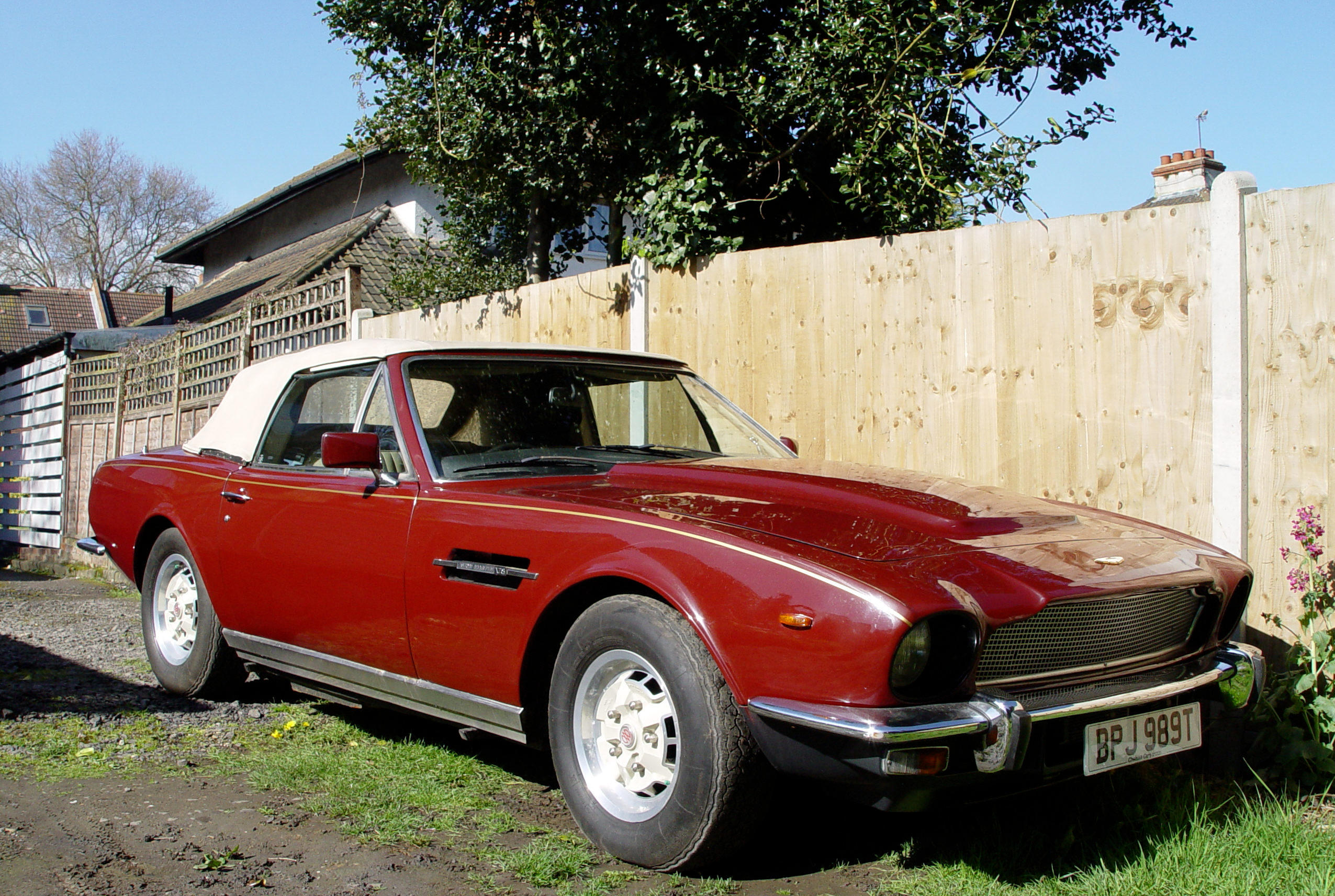

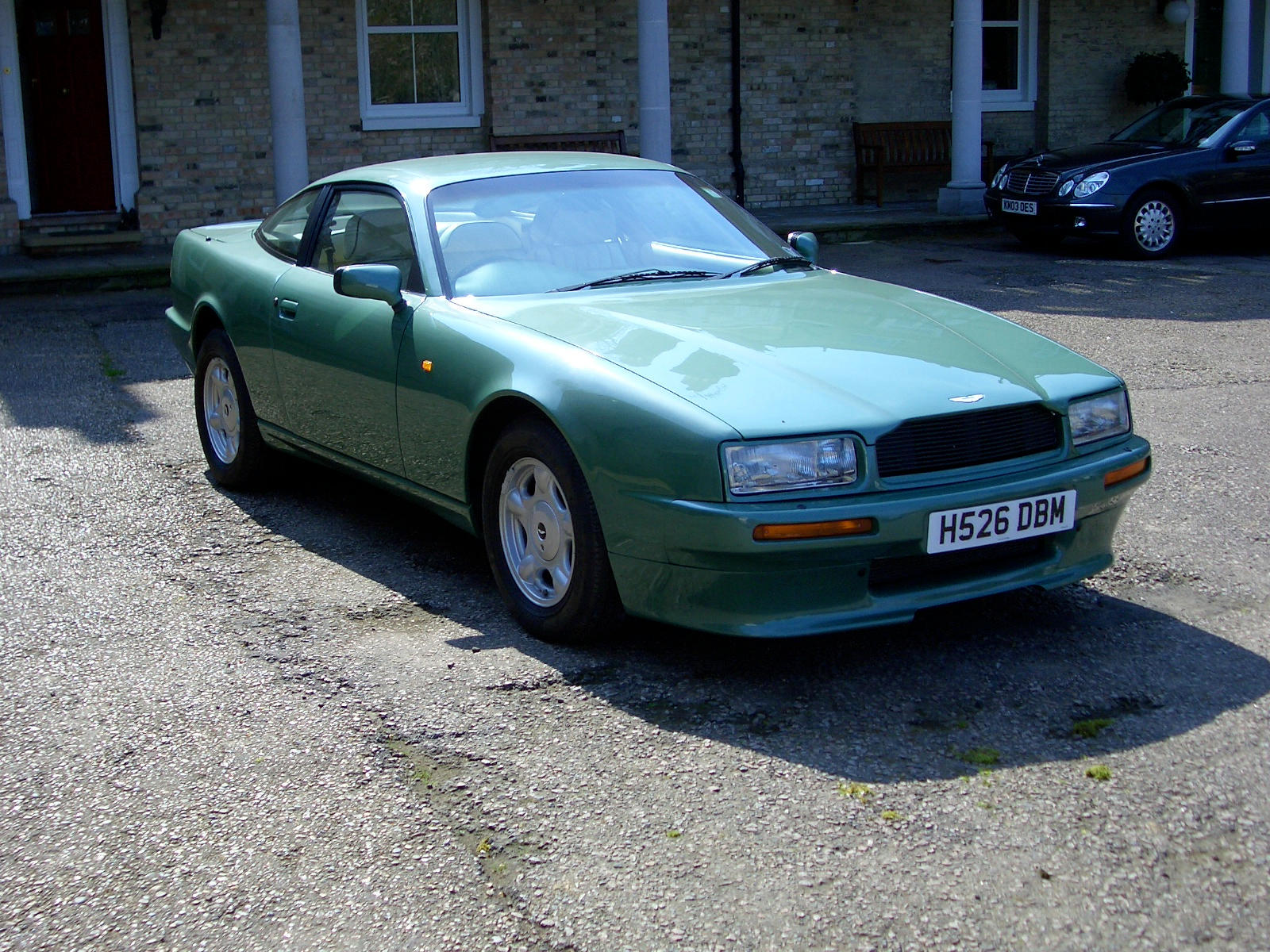
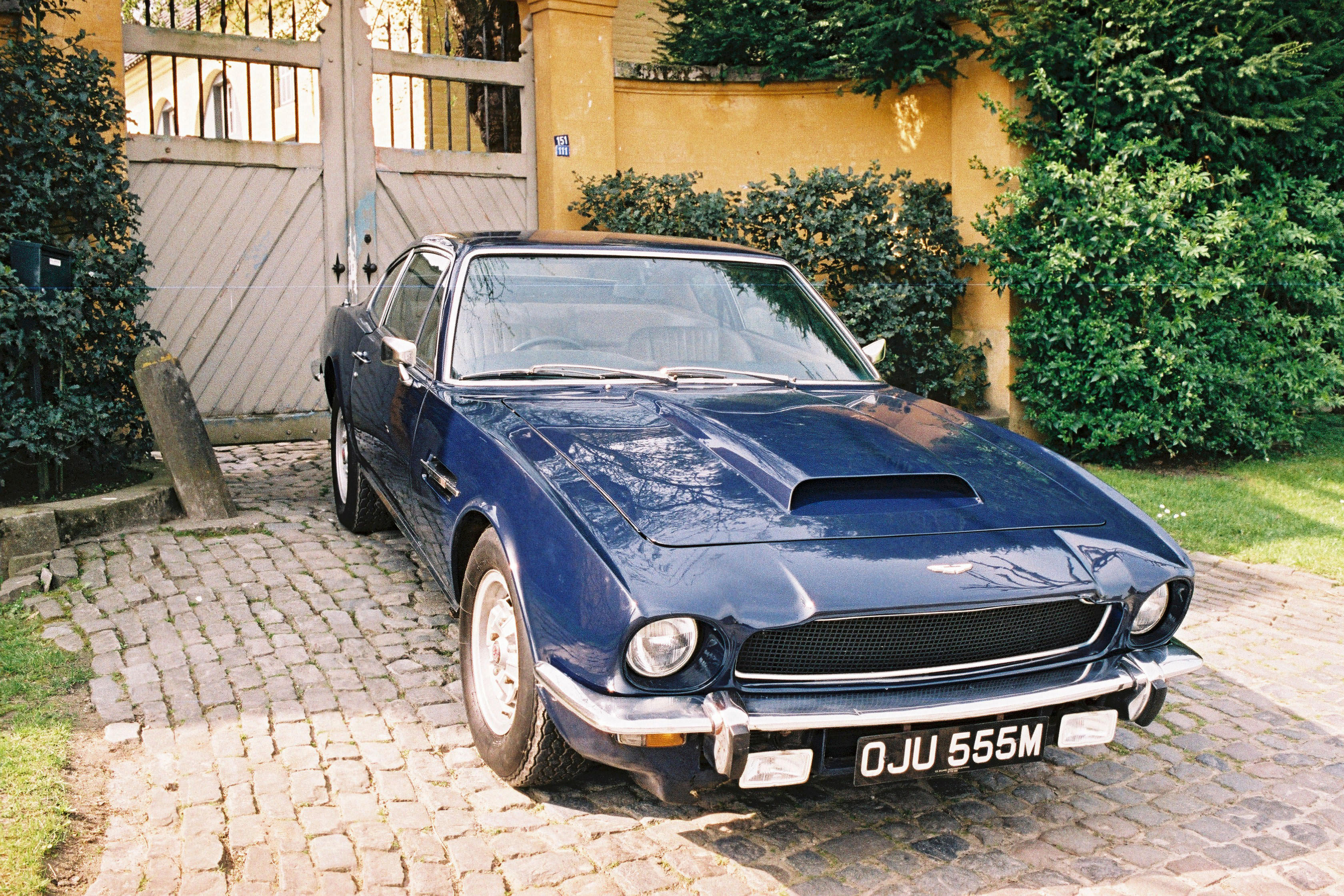
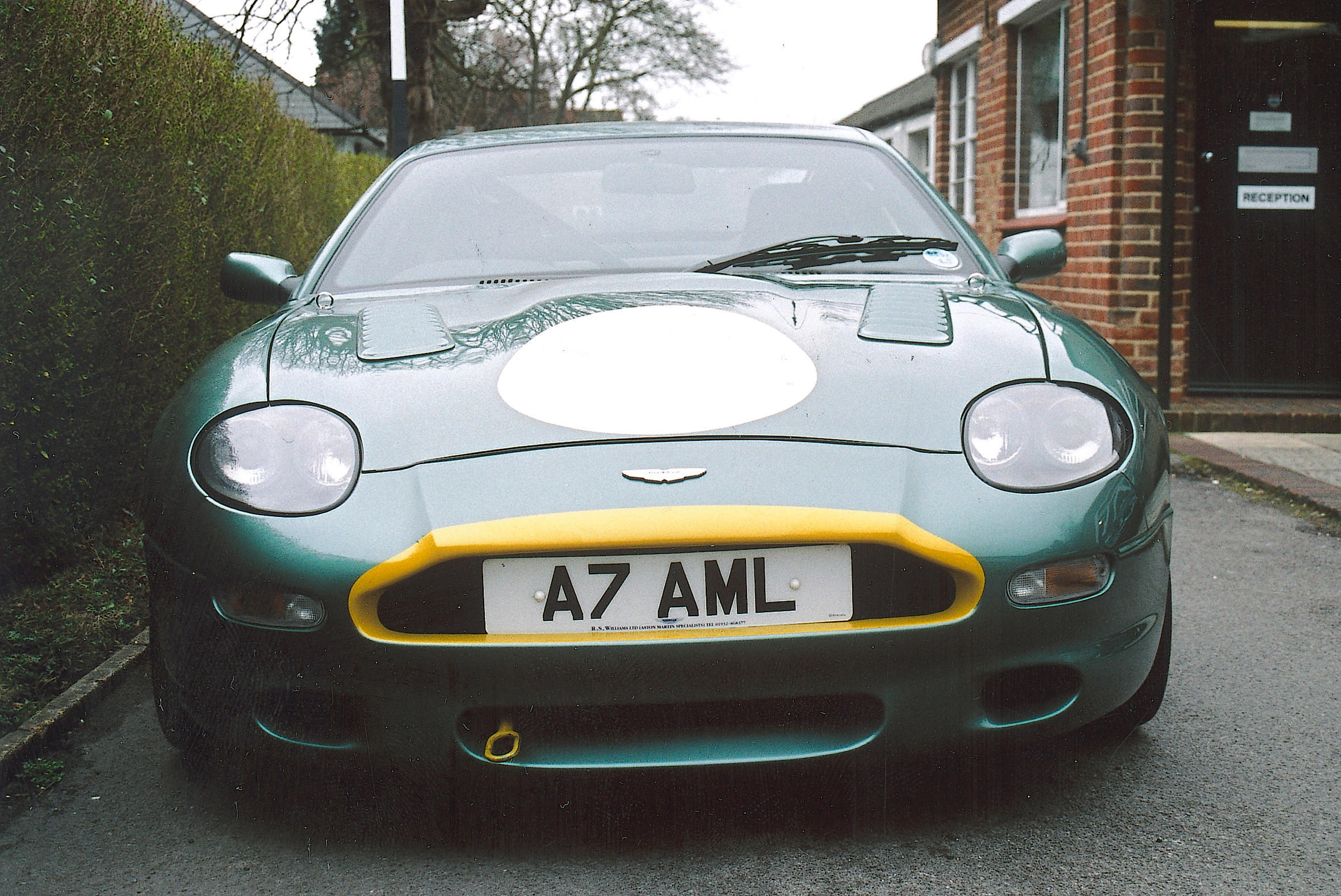
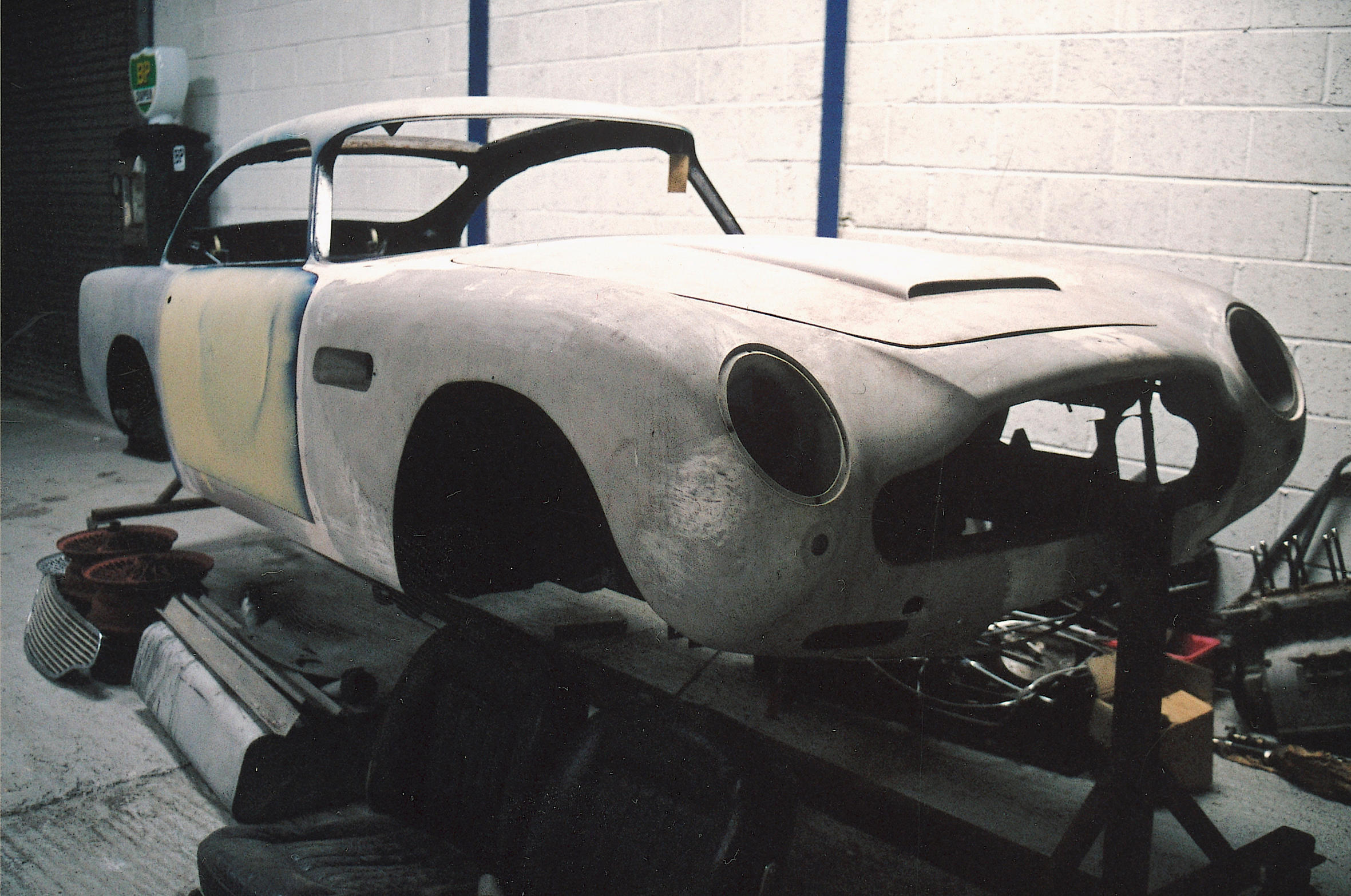


Testen Sie LotSearch und seine Premium-Features 7 Tage - ohne Kosten!
Lassen Sie sich automatisch über neue Objekte in kommenden Auktionen benachrichtigen.
Suchauftrag anlegen